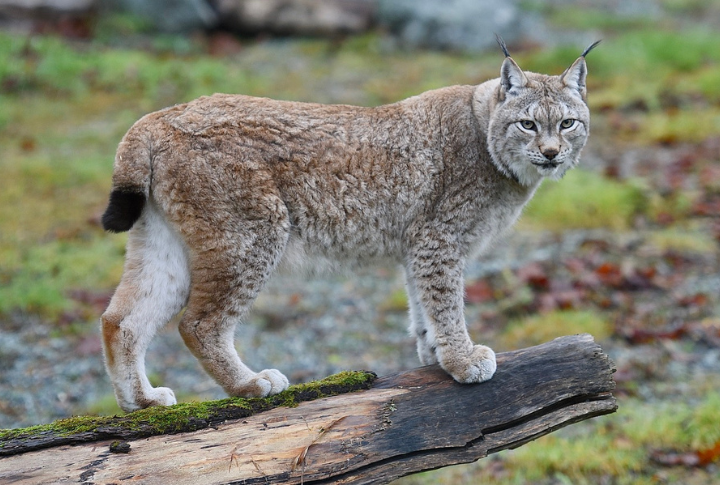
You probably know a few things about cats, but do you really know about the lynx cat? Unlike your regular backyard tabby, this one is different: a wild original with cool skills, surprising features, and a don’t-mess-with-me vibe. If you’re curious, let’s meet one of the coolest cats roaming the wild.
Their Paws Are Built Like Snowshoes
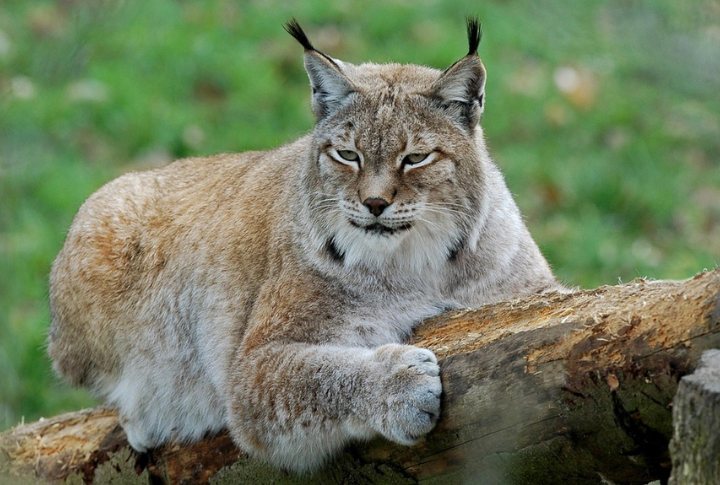
You think walking on a frozen lake in sneakers is cool until you see the snowshoes that lynxes have naturally. Their oversized, fluffy paws spread out their weight, letting them glide over deep snow like pros. You’d sink where they sprint. It’s evolution’s snow gear in fur-covered form.
They Hunt In Silence

Just stillness. No rustling leaves, no broken twigs. You wouldn’t hear a lynx stalking through the snow, even if it were three feet away. With padded paws and patient movement, it becomes invisible to sound and sight. Then, without warning, it pounces fast!
Lynx Rarely Roar
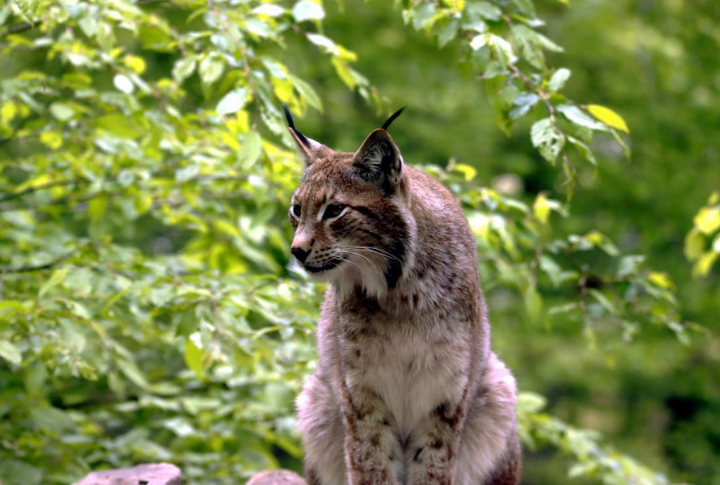
Lions roar. Lynx? Not so much. These cats chirp, growl, purr, and meow in odd combinations that sometimes sound like a mixture of birds and babies. You’d be surprised at how un-catlike it sounds—but those strange sounds keep their communication subtle and suited for their quiet, stealthy world.
They’re Masters Of Solitude
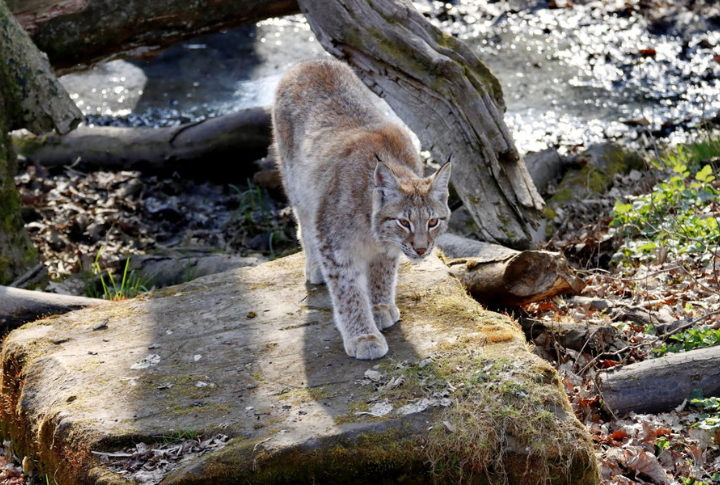
Lynx aren’t fans of groups. They prefer to live, hunt, and roam alone, and they rarely meet another of their kind unless it’s breeding season. No packs or prides. It’s just them enjoying silence and solitude, and they thrive this way.
A Lynx Can Take Down Prey Twice Its Size
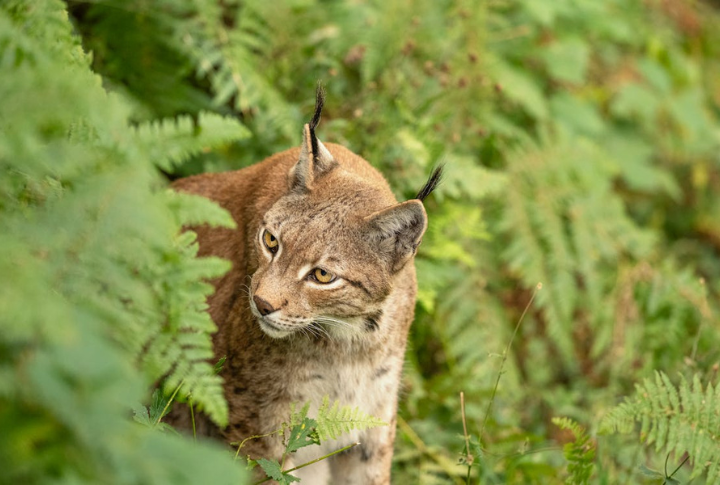
While lynxes mostly go after small game like snowshoe hares or rodents, some species, especially the Eurasian lynx, have been known to bring down young deer and larger mammals. They strike fast with their aim on the neck and a precision that’s as impressive as it is lethal.
Their Eyes Are Designed For Twilight
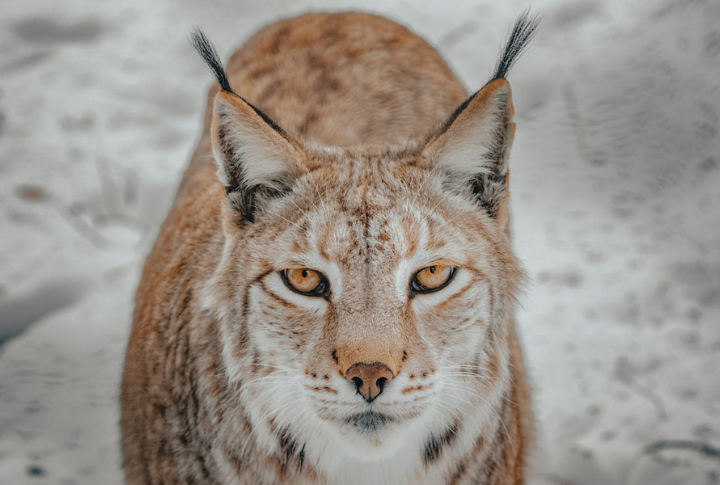
As dusk begins to blur the edges of the forest and shadows start stretching across the snow-covered ground, lynx eyes sharpen with purpose. In low light, their vision captures motion very well. Twilight is their time, and with glowing golden eyes, they take advantage of quiet and dim moments.
Lynx Populations Rise And Fall With The Hare
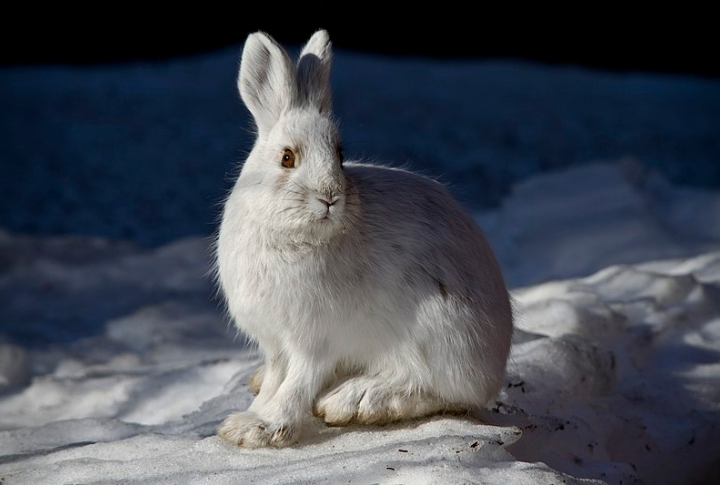
You’d be surprised how tightly linked lynxes are to one humble prey: the snowshoe hare. When hares multiply, lynxes follow. When hares crash, lynxes struggle. This up-and-down cycle plays out every decade like clockwork and shapes their numbers and behavior.
They’re Found Across Four Different Species
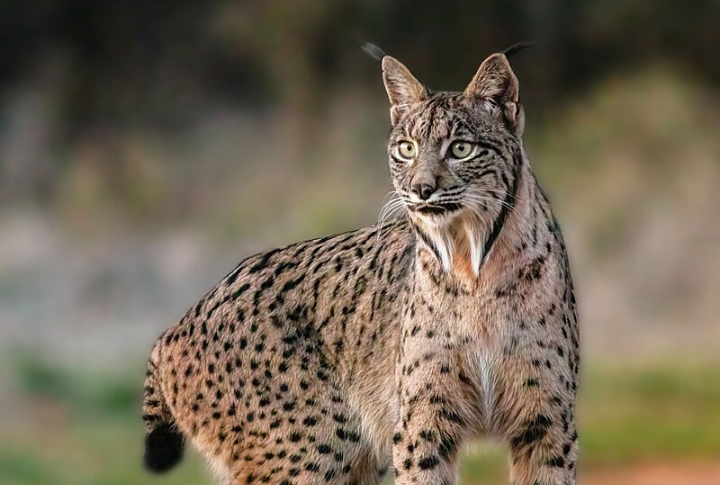
You might think “lynx” means one specific animal, but it covers four different species. There’s the Canada lynx with snowshoe-like paws, the wide-ranging Eurasian lynx, the rare and recovering Iberian lynx, and the adaptable bobcat. They each live in different regions, but all share that ghostlike, tufted-eared mystery.
The Iberian Lynx Came Back From the Brink
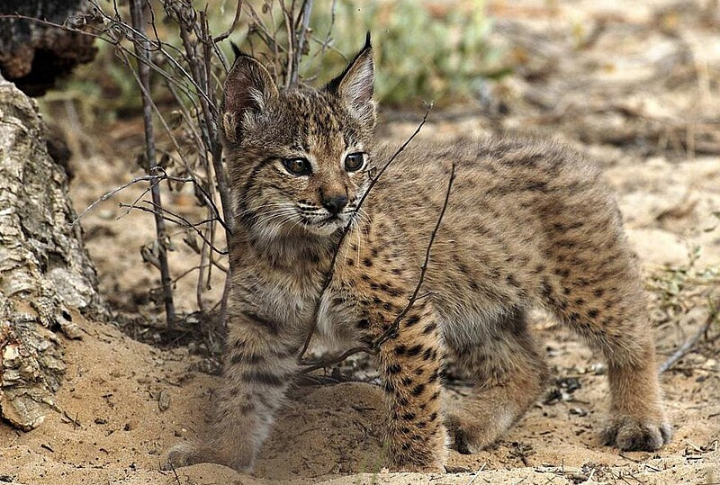
In the early 2000s, fewer than 100 Iberian lynxes were left. Conservationists launched aggressive efforts, including breeding programs and habitat restoration. Now, over 2,000 roam southern Spain. It’s one of the greatest wildlife comebacks of our time, and it reminds us that with enough effort, extinction can be reversed.
They Can Leap Over 10 Feet In A Single Bound
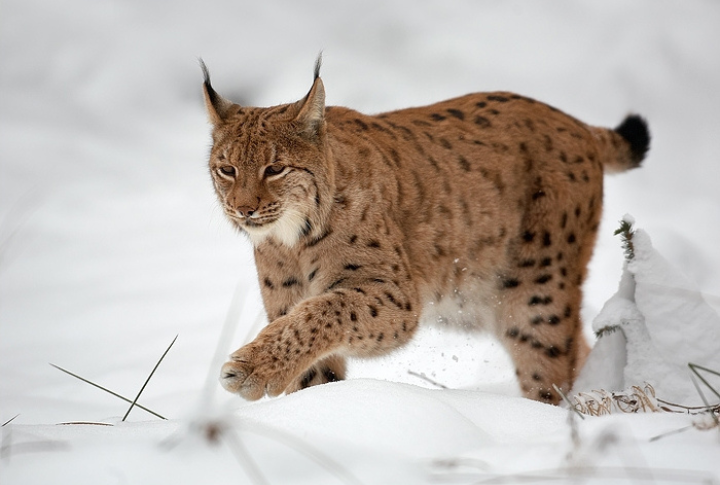
Ever seen a trampoline cat? Now, picture it but with claws. Lynx can spring over 10 feet in a single bound. This can launch them across snowbanks or over fallen trees with ease. Besides the flashiness of the leap, it helps them ambush prey or escape danger in an instant.
Their Short Tails Serve A Special Purpose
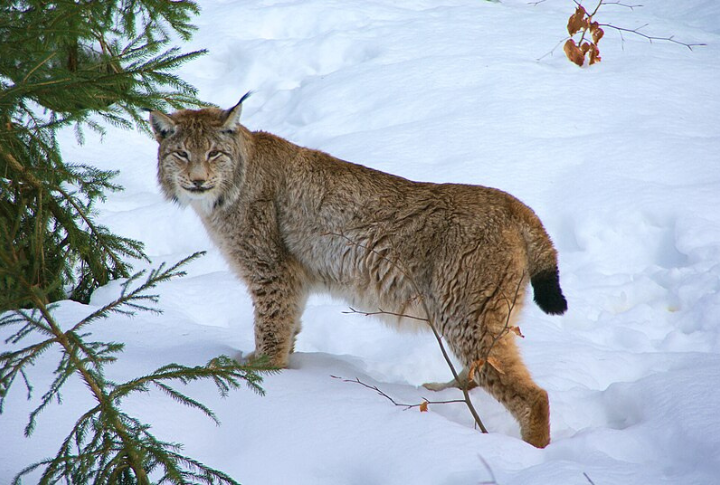
You may think the stubby little tail is a quirk, but it has a purpose. The short tail helps reduce frostbite risk and doesn’t hinder their agility. While it doesn’t work quite like a spoiler, it may assist with stability in short bursts of movement through dense terrain.
They Scent-Mark Their Territory

What will a lynx do with a fence when it has a scent? You might not see it, but you’d better believe other lynxes do. It makes its claim to its zone with facial glands and paw rubs. These invisible borders tell rivals a simple message: back off.
Lynx Kittens Stay With Mom For Almost A Year
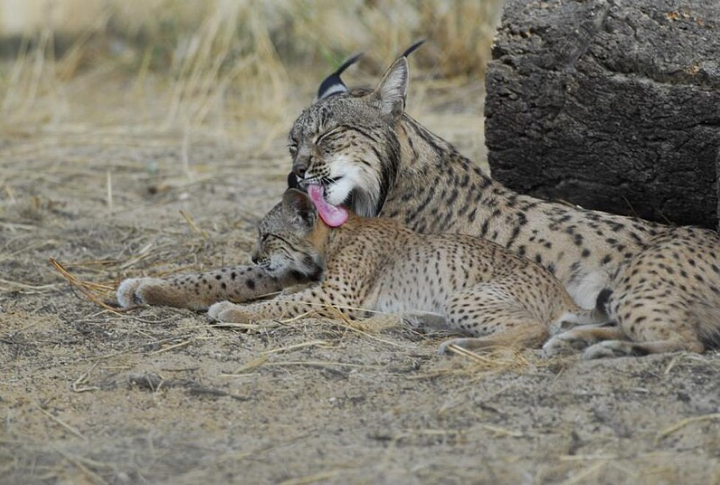
Kittens stay with their mother for nearly a year, and learn everything from how to stalk prey to how to stay invisible. Through snowstorms and silence, she teaches them survival. When they finally part ways, they carry those lessons into a life of solitude. Goodbye is not quick for them.
They Prefer Dense, Remote Forests
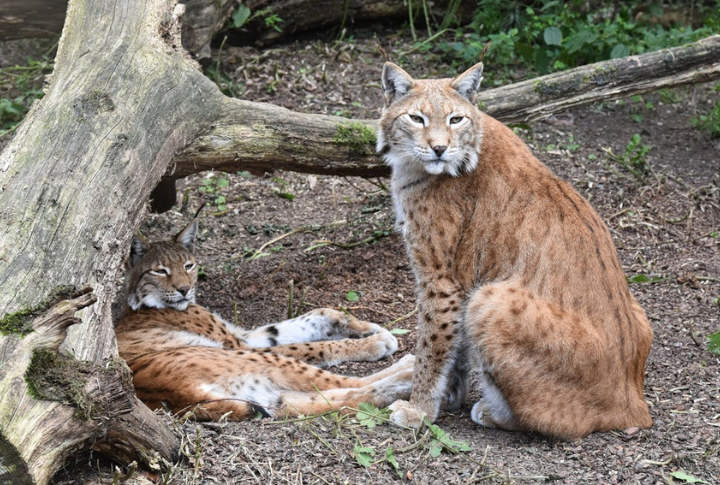
Think about thick bushes, rocky outcrops, and snow-laced trails untouched by human boots. That’s lynx territory. These wildcats prefer habitats with dense cover and low human disturbance—from boreal forests to mountainous woodlands and more.
They’re Not Fast Runners, But They’re Smart Stalkers
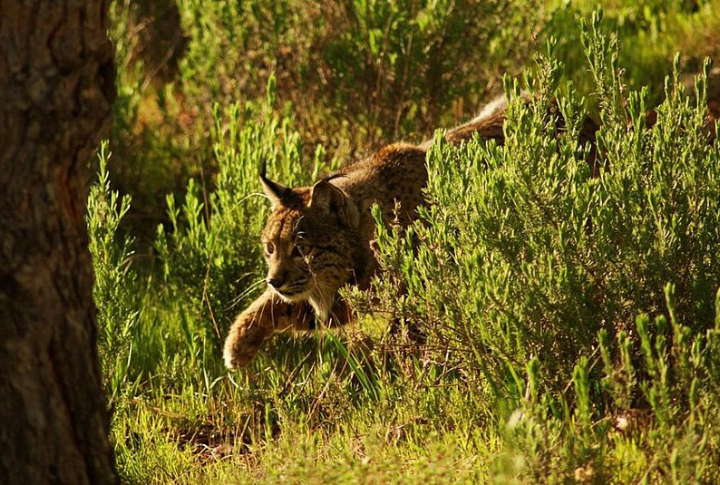
You might think the hare wins in a race between a lynx and a hare. However, the lynx doesn’t play fair. Instead of running or chasing, it waits, stalks, and then grabs with perfect timing. A lynx plays the long game and proves patience can outmatch pace in survival.
Their Thick Fur Changes With The Seasons
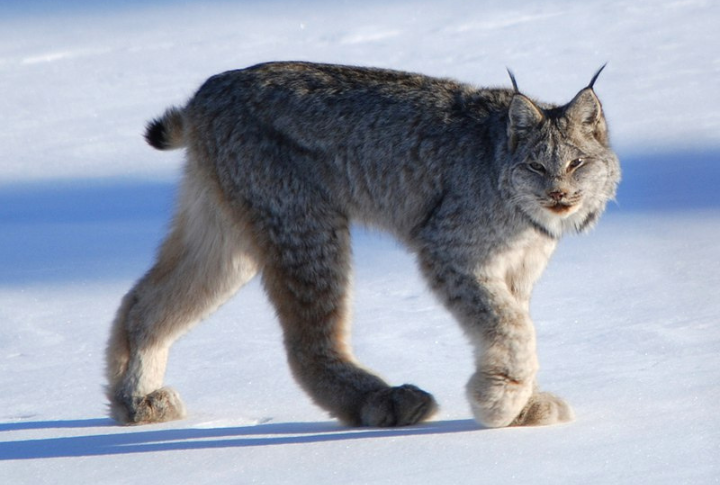
In summer, their coat thins and takes on a reddish tint. Come winter, everything shifts—gray fur thickens and stretches to the tips of their paws. While it passes as an impressive fashion statement, it’s also a life-saving camouflage as they become one with snow.
They’re Key Players In Their Ecosystem
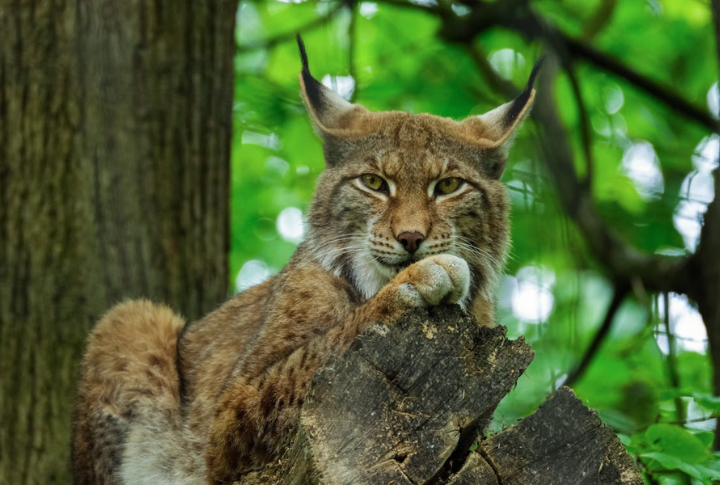
Without lynx, prey populations—especially hares—can spiral out of control. But with the lynx around, nature finds balance. They keep cycles in check. Their presence echoes beyond the hunt to maintain harmony in forests that depend on every piece staying in place. They work behind the scenes to preserve wild order.
They Can Hear Prey Beneath The Snow
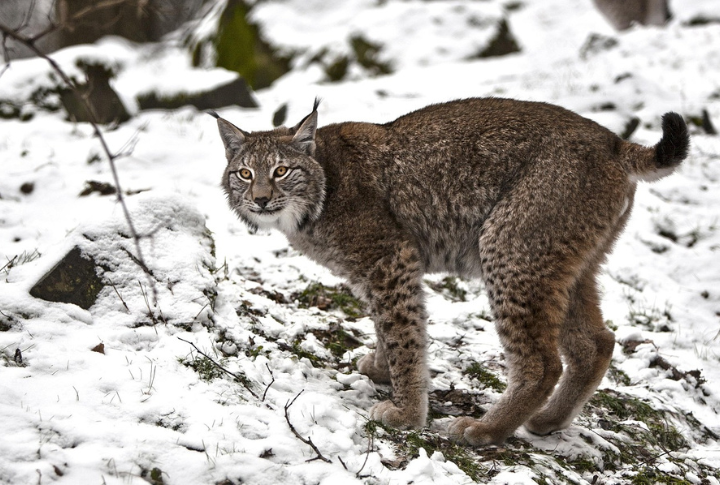
It’s freezing, and the wind is still. Beneath the snow, a hare stirs. You wouldn’t hear it, but a lynx would. With hyper-sensitive hearing and those radar-like ears, it picks up the faintest crunch or breath. One twitch, and the hunt begins. What an impressive hunter!
The Canada Lynx Relies Almost Entirely On One Prey
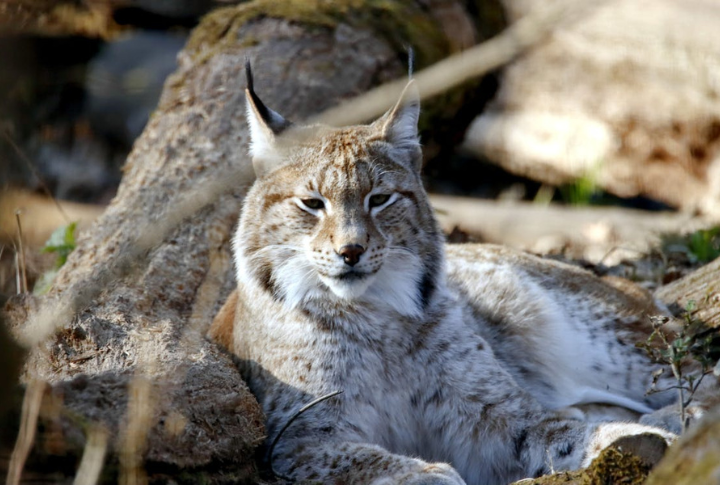
Some predators eat whatever they can get. However, it’s different with the Canada lynx. It’s a snowshoe hare specialist, and it depends on this one prey species for nearly its entire diet. That is why its breeding and movements are adapted around hare population cycles, in case you were wondering.
They Avoid Humans Whenever Possible
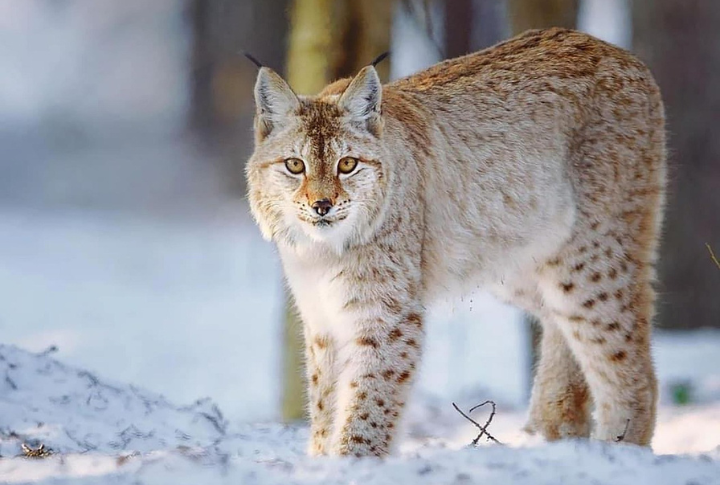
You’re not likely to stumble across a lynx. These cats are naturally elusive and avoid human activity at almost every opportunity. The Canada lynx and Iberian lynx are especially sensitive to our presence, while bobcats are a bit bolder. But most? They ghost out of sight before you’re ever aware.

